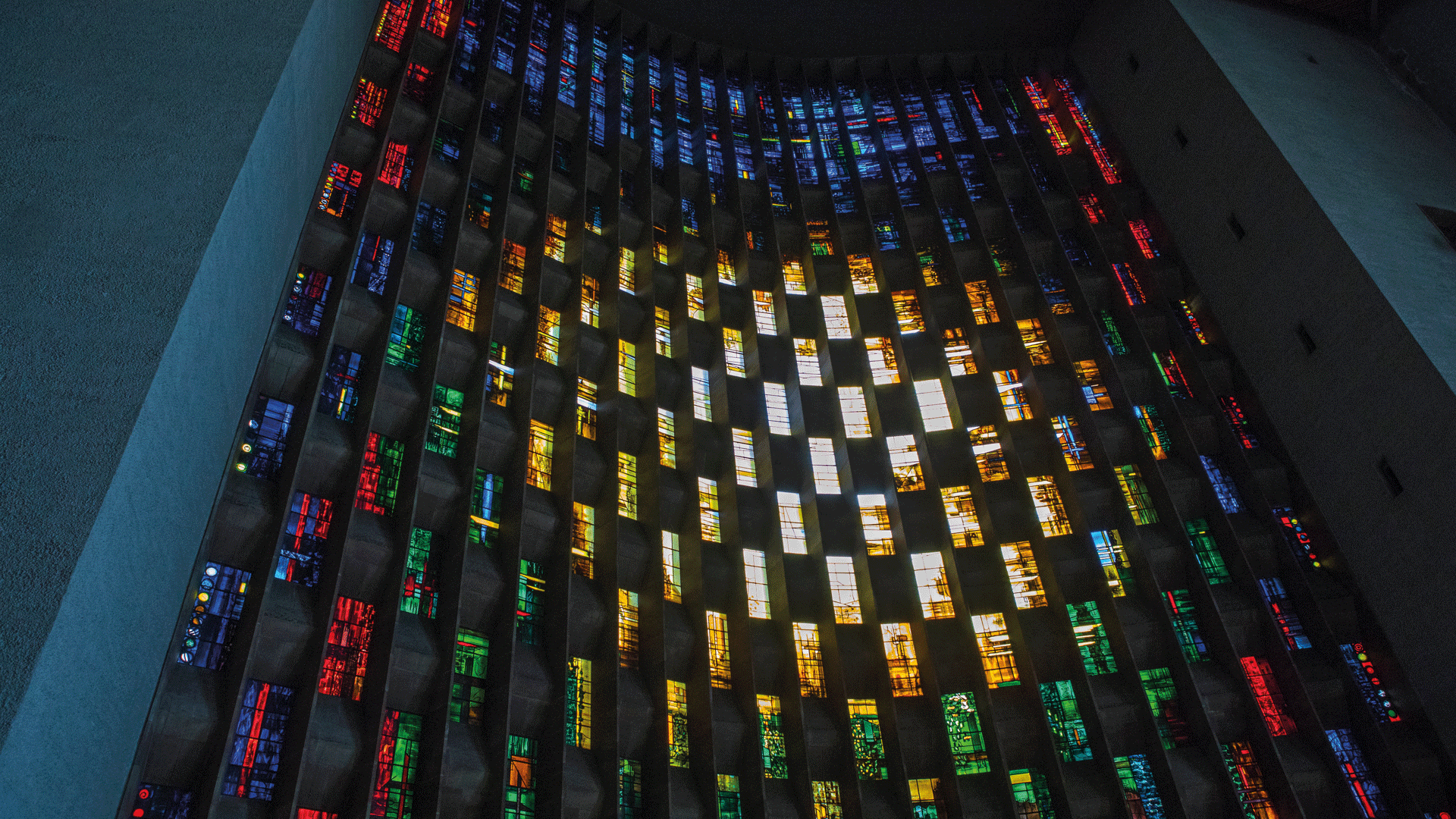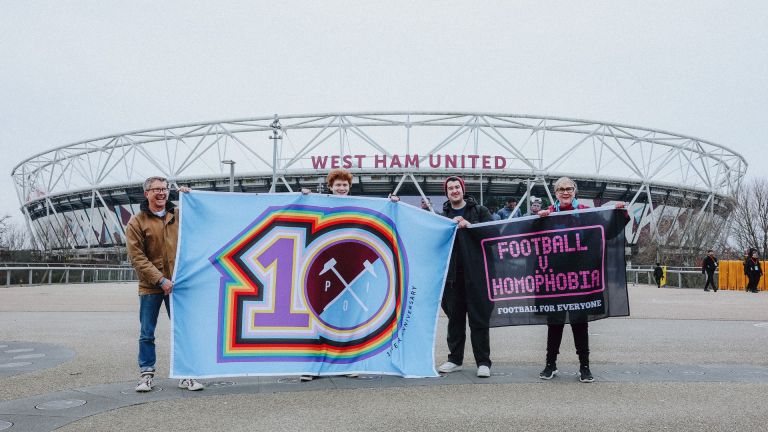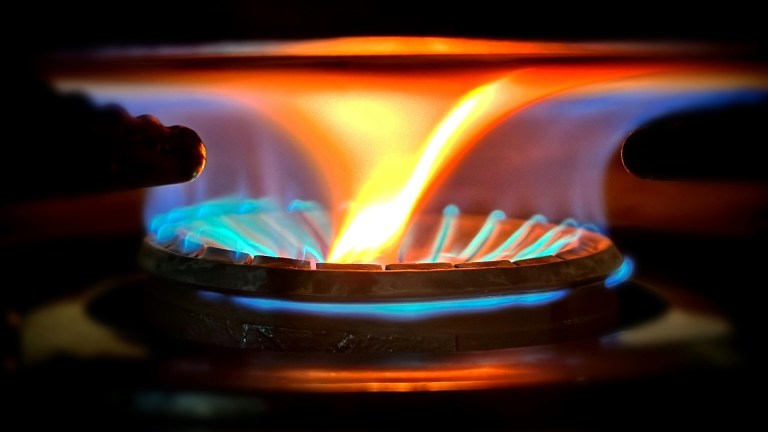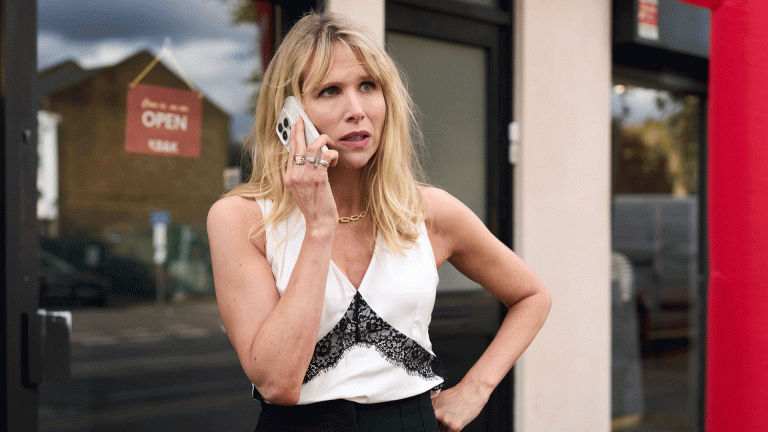There’s a lot of Coventry around at the moment. In recent weeks the City of Culture events drew to a close, and as they did the last of the related focus played out.
Coventry is a fascinating place. A city that rose on the back of engineering prowess right in the middle of England, of cars and immigration, then joblessness, The Specials, 2 Tone, left-behind urban areas and a re-emergence.
In the heart of the city is the cathedral, a place itself that is loaded with so much symbolism. The older St Michael’s had stood for 500 years before being almost destroyed by German bombing in November 1940. It was rebuilt by Sir Basil Spence, and the 60th anniversary of its consecration came last week. The Queen formally reopened the cathedral in 1962. History has a habit of drawing together its own symbolic parallels.
The cathedral is an incredible building. Spence’s great vision saw that the bombed-out remains of the older St Michael’s should be retained. His design had them attached to his new, thoroughly modern church. Such was the interest in its opening in May 1962 that over 75,000 people applied for tickets for the first service. Though not quite Oasis-at-Knebworth levels of interest, a sense of the scale of such desire is clear when you realise there was space at the event for just 2,000.
As part of the anniversary, for Coventry and its cathedral, a programme about the rebuild was aired on BBC Four. It was a gentle documentary, packed full of archive footage. Fancy seeing a six-tonne block of Staffordshire sandstone being slowly sawed (10 inches per hour) at a mason’s yard to become part of the outer wall? Who doesn’t!
Several things became clear. While Spence was a genius architect, he was reliant on the commitment of many brilliant artists to bring life to the thing. Among them was John Piper, who created the stained glass for the baptistry window. It was an enormous undertaking. The window contains 6,000 sq ft of coloured glass.











